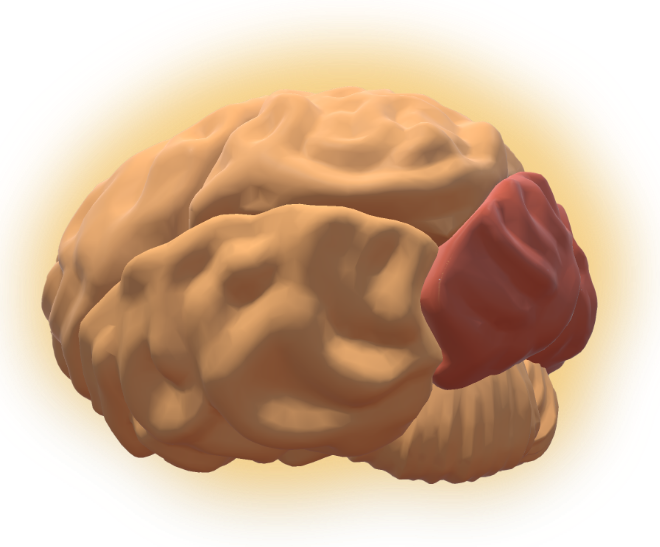

The occipital lobe consists of many smaller areas important for processing of visual information. This means that the signals that are sent to our brain from our eyes are interpreted in these areas, so we can see the images we see. These areas have different functions within interpreting visual information. This includes estimation of distance, localization of objects, interpreting colours, and all other aspects important for seeing the world the way we see it.
There are 2 important systems, namely the ventral stream, and the dorsal stream. The ventral stream is important for processing of the “what”. This means that the ventral stream is important in identifying objects we see. The dorsal stream is called the “where/how” stream. This is because the dorsal stream is responsible for how our movements responds to the environment around us.
An example of this is the simple action of picking up a glass. The ventral stream will identify that there is a glass in your visual field, and that glass contains water. The dorsal stream will be responsible for picking up that glass. It will identify where the glass is, and how the movement of your arm will affect the glass, and how much you should move it to reach the glass without toppling it. This action will also involve more areas than only the visual areas, but this example demonstrates how the visual information is used for a simple action.
